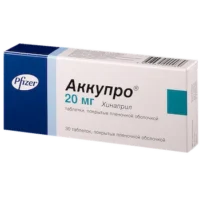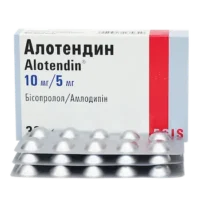Description
Amidaron (Amiodarone Hydrochloride) Tablets 0.2 g. №30
Ingredients
Active ingredient: Amiodarone hydrochloride 0.2 g per tablet.
Dosage
Dosage: The usual adult dose is 200-400 mg daily in 1-2 divided doses.
Indications
Indications: Amidaron tablets are indicated for the treatment of various types of cardiac arrhythmias.
Contraindications
Contraindications: Do not use Amidaron if you have hypersensitivity to amiodarone or any of the tablet’s components.
Directions
Directions: Take Amidaron tablets orally with or without food as directed by your doctor.
Pharmacological Effects
Pharmacological Effects: Amidaron works by prolonging the action potential duration and refractory period in cardiac tissues, thereby stabilizing the heart’s electrical activity and preventing arrhythmias.
Clinical Trials
Clinical Trials: Clinical trials have demonstrated the superior efficacy of Amidaron in managing ventricular arrhythmias compared to other antiarrhythmic agents. The drug’s unique pharmacological profile makes it a valuable option in the treatment of complex arrhythmias.
Scientific Evidence
Amiodarone has been extensively studied for its efficacy in managing various cardiac arrhythmias. Research published in the New England Journal of Medicine has shown that amiodarone is effective in reducing the recurrence of atrial fibrillation compared to placebo.
Additional Information
It is important to monitor thyroid function, liver enzymes, and lung function regularly while taking Amidaron tablets. Consult your healthcare provider for more information on potential side effects and drug interactions.





